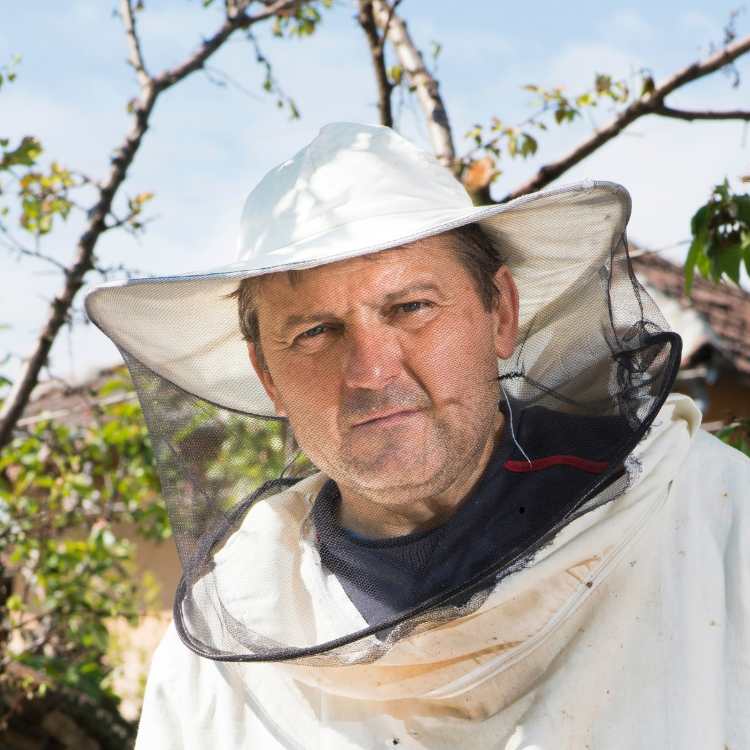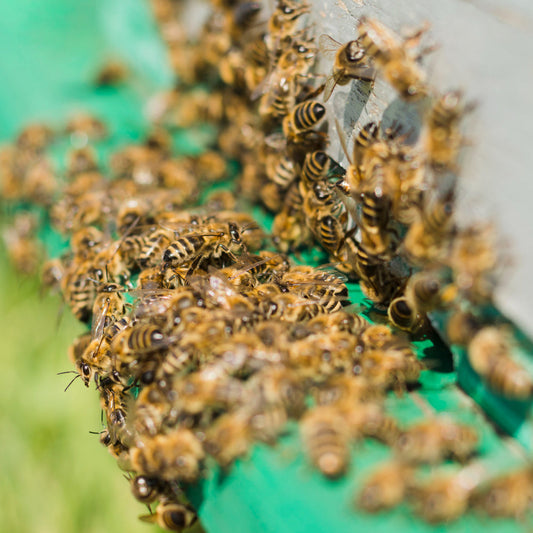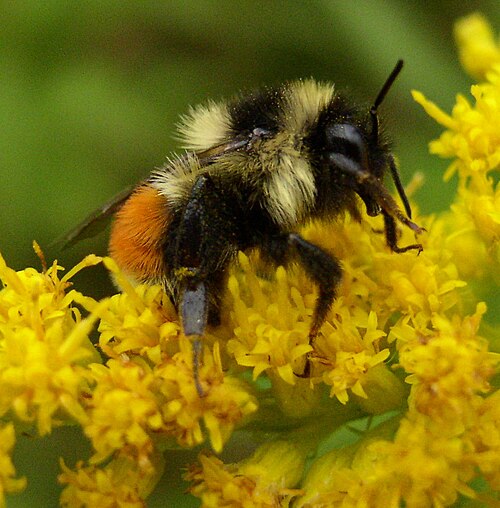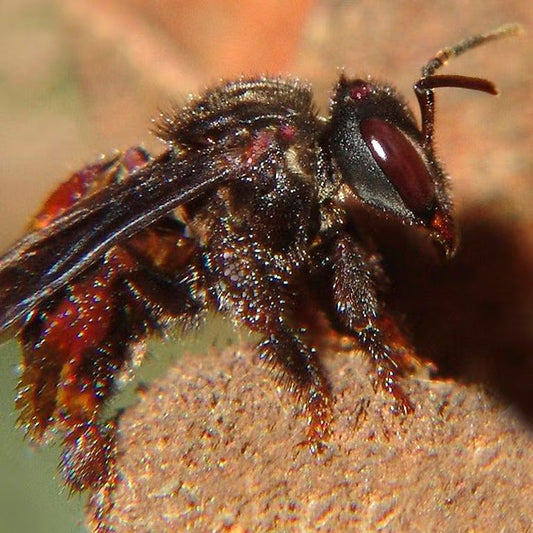People have often come up to me to ask the same oddball question when I talk about bees: Do bees sleep? At first, I used to chuckle. It sounds like asking if fish take naps or if ants have coffee breaks. But then I noticed something. At night, I watched them slumped over, antennae still and wings folded tight. That’s a bee sleeping.
Yes, bees do sleep. Not just honeybees, but solitary bees too. And honestly? Their sleep habits are strangely beautiful.
How do we know bees sleep
The idea that bees sleep wasn’t confirmed until 1983, when German researcher Walter Kaiser conducted a study that changed what scientists knew about insect behavior. He first observed honeybees inside a hive and noticed that something was unusual: some of the bees in the hive had stopped moving completely. Their posture changed.
Legs fixed, pulling their heads down. Antennae stopped twitching. Wings rested flat against their backs. In some cases, some bees even tipped over sideways. These were not random pauses or signs of illness. These were consistent, repeated behaviors linked to a sleep like state.
Kaiser’s findings were the first scientific evidence that honeybees, and possibly other invertebrates, experience sleep in some form or other. His work showed that bees not only sleep but also follow clear sleep-wake cycles, especially at night when foraging is no longer possible. This was a major step forward in understanding insect biology and reshaped how we think about the mental lives of creatures that many still assume run purely on instinct.
Do bees sleep at night?
Most of the time, yes. Most hives go quiet as soon as the sun goes down. Bees forage all day long, gathering pollen and nectar, flying thousands of micro-miles. As the light slowly starts to fade, they wind down. You will see some crawl into dark corners of the hive, others huddled together in clumps, still touching, still connected.
Honeybees usually sleep between 5 to 8 hours, mostly during the night when they can’t fly. But get this-some solitary bees sleep in flowers. You can spot them tucked into blossoms like nature’s tiniest sleeping bags. Especially the males, who don’t have a nest to go home to. They just crash wherever it looks comfy.

Why does bee sleep matter?
- Sleep is essential for performance: Tired bees make mistakes, particularly when navigating or foraging.
- Sleep deprived bees lose their sense of direction: They struggle to return to the hive or find flowers efficiently.
- The waggle dance becomes inaccurate: This dance is how bees communicate flower locations, and without proper rest, the signals become sloppy and hard to interpret.
- Colony coordination suffers: One miscommunicated message can affect the foraging success of dozens of bees.
- Sleep is not optional: Sleep plays a critical role in maintaining hive health and overall productivity.
Do bees sleep like we do?
No, not quite. The bees don’t have REM cycles (as far as we know). No dreaming of giant sunflowers or endless lavender fields. But their sleep does have patterns. It is very easy to spot a sleeping bee if you watch closely. Antenna still, wings flat, and body relaxed. Some even snore. But it’s more of a soft, rhythmic buzz from deep inside.
And they don’t sleep all at once. In a honeybee hive, sleep is staggered. Some bees rest while others guard or tend brood. Think of it as shifts in a factory where someone has to stay awake all the time to keep things running. But when it gets dark, more of them turn in. That’s when the hum dies down and the hive feels peaceful.
Closing thoughts
So, the next time someone asks, Do bees sleep?, tell them yes and tell them how. Tell them about their tiny head droops, the still antennae, the bee holding her sister’s leg like a teddy bear. Tell them sleep makes bees better at being bees. Better foragers, better dancers and better pollinators. And if we want healthy bees, we need to let them rest too. This means minimizing disturbances at night, planning safe sleeping spots and keeping the world a little gentler for them.
Because bees are not just tiny workers. They are living, breathing and dreaming creatures. Each one doing its best to keep this planet blooming.
Love exploring more fascinating stories from the world of bees? Consider following my full blog here.




